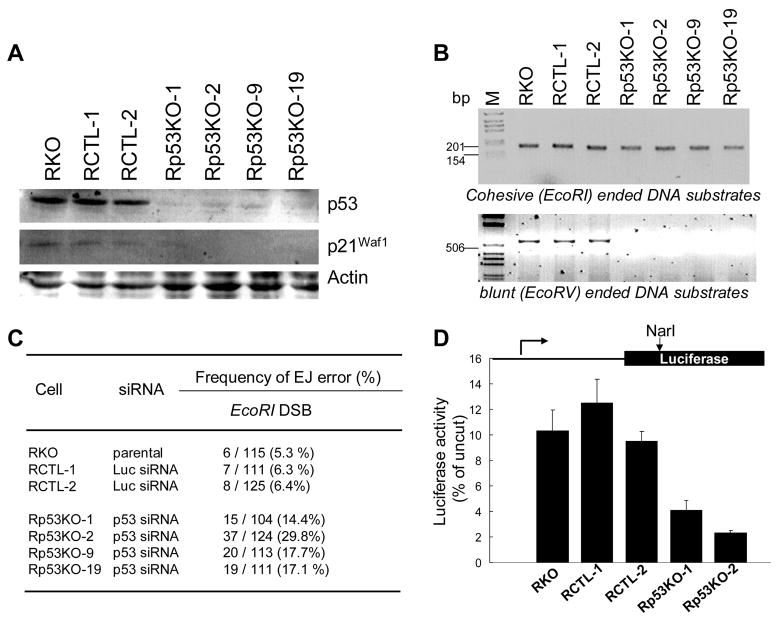Fig. 1. Effect of p53 knockdown on the fidelity of DNA EJ.
(A) Cell lysates prepared from parental RKO, two control RKO clones (RCTL-1 and -2) infected with retroviruses expressing control siRNA, and four RKO clones (Rp53KO-1, -2, -9, and -19) infected with retroviruses expressing p53 siRNA. Western analysis was performed using anti-p53 and anti-p21. Anti-actin antibody was used as a loading control. (B) In vitro DNA EJ assay. Upper panel: The EcoRI-linearized plasmid was incubated with cellular extracts and amplified as described in Materials and Methods. Lower panel: The EcoRV-linearized plasmid was incubated with cellular extracts and amplified. (C) Effect of p53 knockdown on the frequency of erroneous DNA EJ activity in RKO cells. (D) In vivo DNA EJ assay. Effect of p53 knockdown on the relative error-free DNA EJ capacity in vivo. The relative error-free DNA EJ capacity was calculated by comparing luciferase activity expressed in cells transfected with NarI-digested plasmid with that of the uncut plasmid. The results were obtained from three independent transfection experiments. The error bars indicate ±S.D from three different assays.

